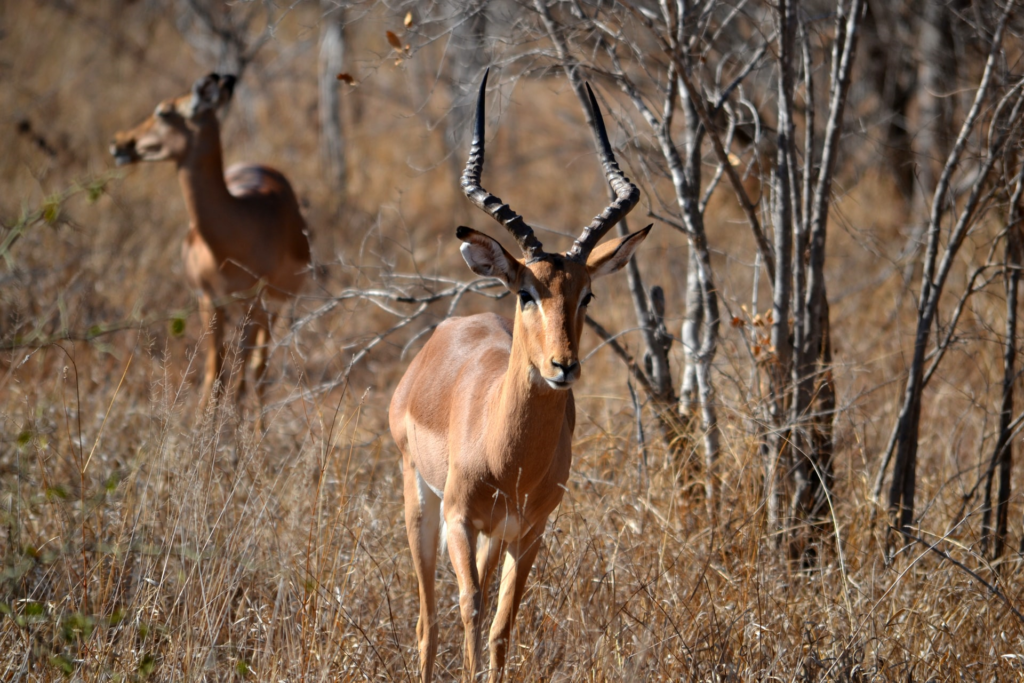Long-term carrying capacity
Long-term carrying capacity is the average number of animals that a grazing area can be expected to support over a set period (e.g. 10+ years).
To assess long-term carrying capacity, consider:
- areas and condition of land types on the property
- climate
- evenness of grazing (including preference of land type, plant species, and distance to water)
- tree densities
- goals for animal production and land condition.
When stocking to a long-term carrying capacity, there is potential for over-grazing in some years and under-grazing in others. Over-grazing can increase weeds, and decrease pasture growth and animal productivity. Under-grazing can increase fire risk and missed opportunities to increase production from the paddock.
Short-term carrying capacity
Short-term carrying capacity is the number of animals that a grazing area can support over a shorter time (e.g. week, month or season). To assess short-term carrying capacity, consider:
- pasture on hand and expected growth
- forage quality and desired animal performance
- end of dry season pasture yield.
Comparing long-term and short-term carrying capacity
Long-term and short-term carrying capacities usually differ, but they are closely linked because the average short-term carrying capacity over 10 years should equate to the long-term carrying capacity. The management of one affects the other.
See the table below for a comparison of long-term and short-term carrying capacity over a 10-year period.
Combining long-term carrying capacity estimates and forage budgeting
Note: Image sourced from Stocktake.
A grazing area’s stocking rate is different, but related to, its carrying capacity. Stocking rate refers to the actual number of stock per unit area at a particular time.
Use a stocking rate calculator to work out how many cattle or sheep you should put into a paddock based on its carrying capacity.
Find out more about stocking rates, including identifying and implementing stocking rates.
Related links
- Read more about Stocktake Plus, a tool to help you monitor and manage land condition.
- Watch the Grazing in good times – the Dunblane experimentsdocumentary on YouTube to learn how stocking rates and wet season spelling can improve land and business profitability.





